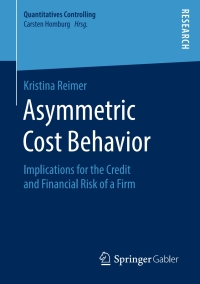Question
Refer to Problem P 13-3 and assume that instead of initially signing a variable-rate loan, Cam receives a fixed rate of 8 percent on the
Refer to Problem P 13-3 and assume that instead of initially signing a variable-rate loan, Cam receives a fixed rate of 8 percent on the loan on January 1, 2016. Instead of entering into a pay-fixed, receive-variable interest rate swap with Gra, Cam enters into a pay-variable, receive-fixed interest rate swap. The vari-able portion of the swap formula is LIBOR rate +2 percent, determined at the end of the year to set the rate for the following year. The first year that the swap will be in effect is for interest payments in 2017. Assume that the LIBOR rate on December 31, 2016, is 7 percent. 1. Why is this considered a fair-value hedge instead of a cash-flow hedge? 2. Do you think that this hedge would be considered effective and therefore would qualify for hedge accounting? 3. Assuming that this hedge relationship qualifies for hedge accounting: a. Determine the estimated fair value of the hedge at December 31, 2016. Recall that the hedge contract is in effect for the 2017, 2018, 2019, and 2020 interest payments. b. Prepare the entry at December 31, 2016, to account for this fair-value hedge as well as the December 31, 2016, interest payment. 4. Assuming that the LIBOR rate is 6.5 percent on December 31, 2017, prepare all the necessary entries to account for the interest rate swap at December 31, 2017, including the 2017 interest payment.
Step by Step Solution
There are 3 Steps involved in it
Step: 1

Get Instant Access to Expert-Tailored Solutions
See step-by-step solutions with expert insights and AI powered tools for academic success
Step: 2

Step: 3

Ace Your Homework with AI
Get the answers you need in no time with our AI-driven, step-by-step assistance
Get Started


